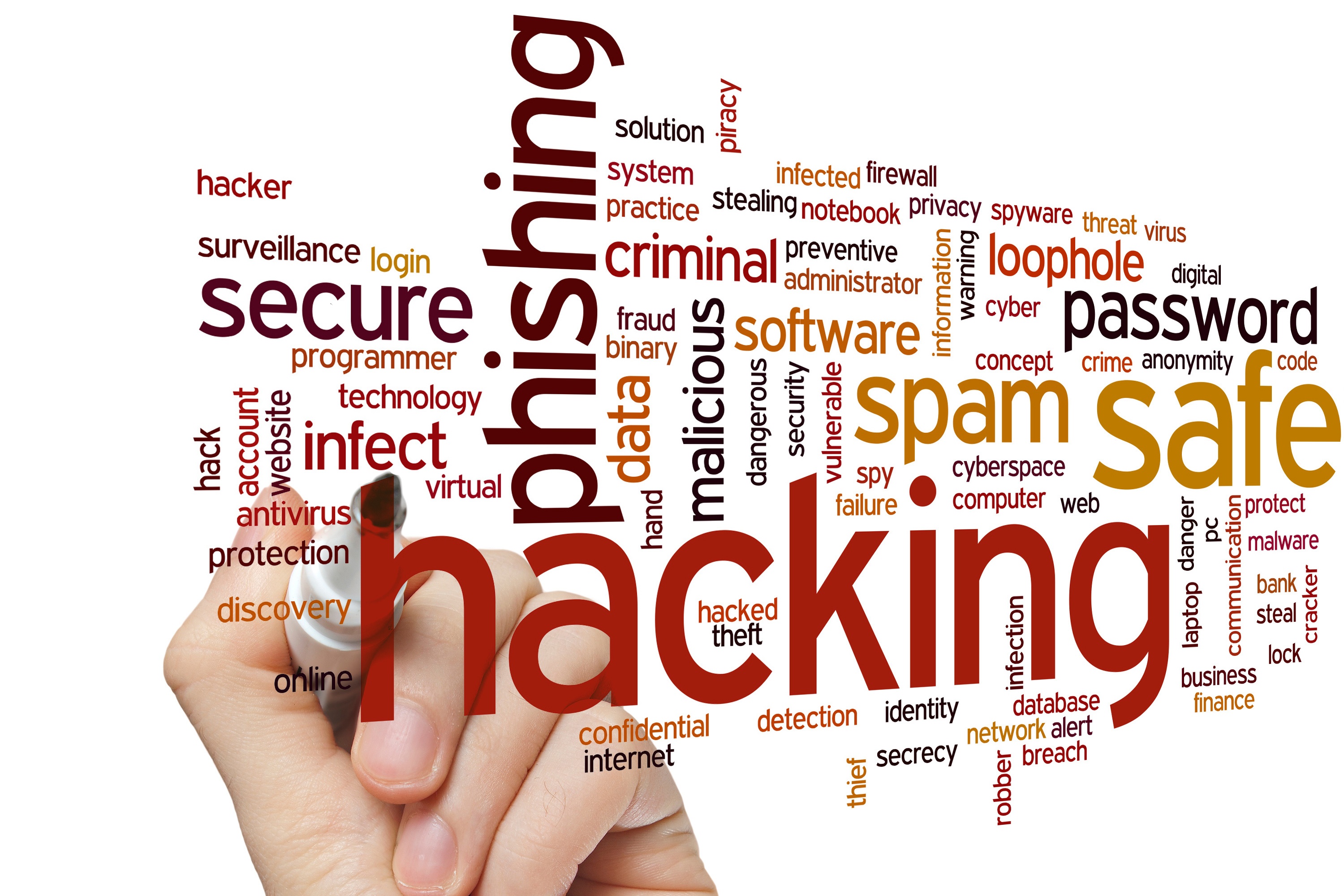 Trying to remember a time before the World Wide Web, personal computers, iPads, and smart phones is comparable to trying to imagine a time before there were cars and highways. How did we ever get anything done? The advantages of the information age allow humankind to access and share massive amounts of information, perform commerce, and interact across diverse populaces on a grander and more rapid way than ever imagined when that first Apple PC appeared the late 1970s. However, as with all great and amazing human achievements and technology advances, new dangers and threats emerge that we must defend against. One such threat are cyber criminals. They lurk in the dark corners of the World Wide Web waiting to steal your personal and private information, obtain your username and passwords, access your bank account or credit cards, and to sabotage your personal computer and the network it is connected to each day. Here are a couple things we all can do to defend against these cyber scoundrels.
Trying to remember a time before the World Wide Web, personal computers, iPads, and smart phones is comparable to trying to imagine a time before there were cars and highways. How did we ever get anything done? The advantages of the information age allow humankind to access and share massive amounts of information, perform commerce, and interact across diverse populaces on a grander and more rapid way than ever imagined when that first Apple PC appeared the late 1970s. However, as with all great and amazing human achievements and technology advances, new dangers and threats emerge that we must defend against. One such threat are cyber criminals. They lurk in the dark corners of the World Wide Web waiting to steal your personal and private information, obtain your username and passwords, access your bank account or credit cards, and to sabotage your personal computer and the network it is connected to each day. Here are a couple things we all can do to defend against these cyber scoundrels.
Phishing anyone?
One of the most common methods the cyber rat uses is called Phishing. A person might receive an email from a seemingly trusted source directing them to click on a link or open an attachment. So you click on the attachment or link. Suddenly a message appears saying, “Send $300 or all of your data will be destroyed.”
Another Phishing email might look like it is from a friend, someone a person has known for years. The email might say, “Hey there, so nice seeing you last year. Pictures from the concert are located in this Google Dropbox (The Phisher might provide an attachment instead). When the person clicks on the link or the attachment a virus is downloaded.
If it doesn’t feel right, check with the source via a phone call, or sending a separate email. Also, check out that email address. What is the part of the address that appears behind the sender’s name? Another thing you can do is hover the mouse over the hyperlink that is in the email, BUT don’t click on it. The actual URL (Internet address) will appear. If the email is supposedly from Amazon, but the URL shown says something else, delete the email.
How do they know so much about me?
Social media connects people with each other from different walks of life and interests. The Phishers aren’t lazy. They do their homework. They follow social media like Facebook, Twitter, Instagram, LinkedIn etc. They connect the dots from the information people post about themselves. Then the Phishers develop their story.
Security Awareness
Phishing is just one method that cyber criminals use to gain access to your personal and financial information. If a person has a computer or a mobile device connected to the Internet, it will be probed. Having up-to-date protection on your PC and devices is important. The use of strong passwords that are at least 8-12 characters and contain a combination of upper and lower case letters, numbers, and symbols is advised. Changing these passwords every 4-6 months is also strongly advised. Visiting our previous post "Creating Strong Passwords" to learn more tips on creating good password.
While these basic fundamental things will help prevent most hacking attacks, it ultimately is the user that personally invites the fox into the hen house. Be diligent. Be vigilant. Be aware.
To learn more about ImOn Communications and the services we provide, visit www.ImOn.net
